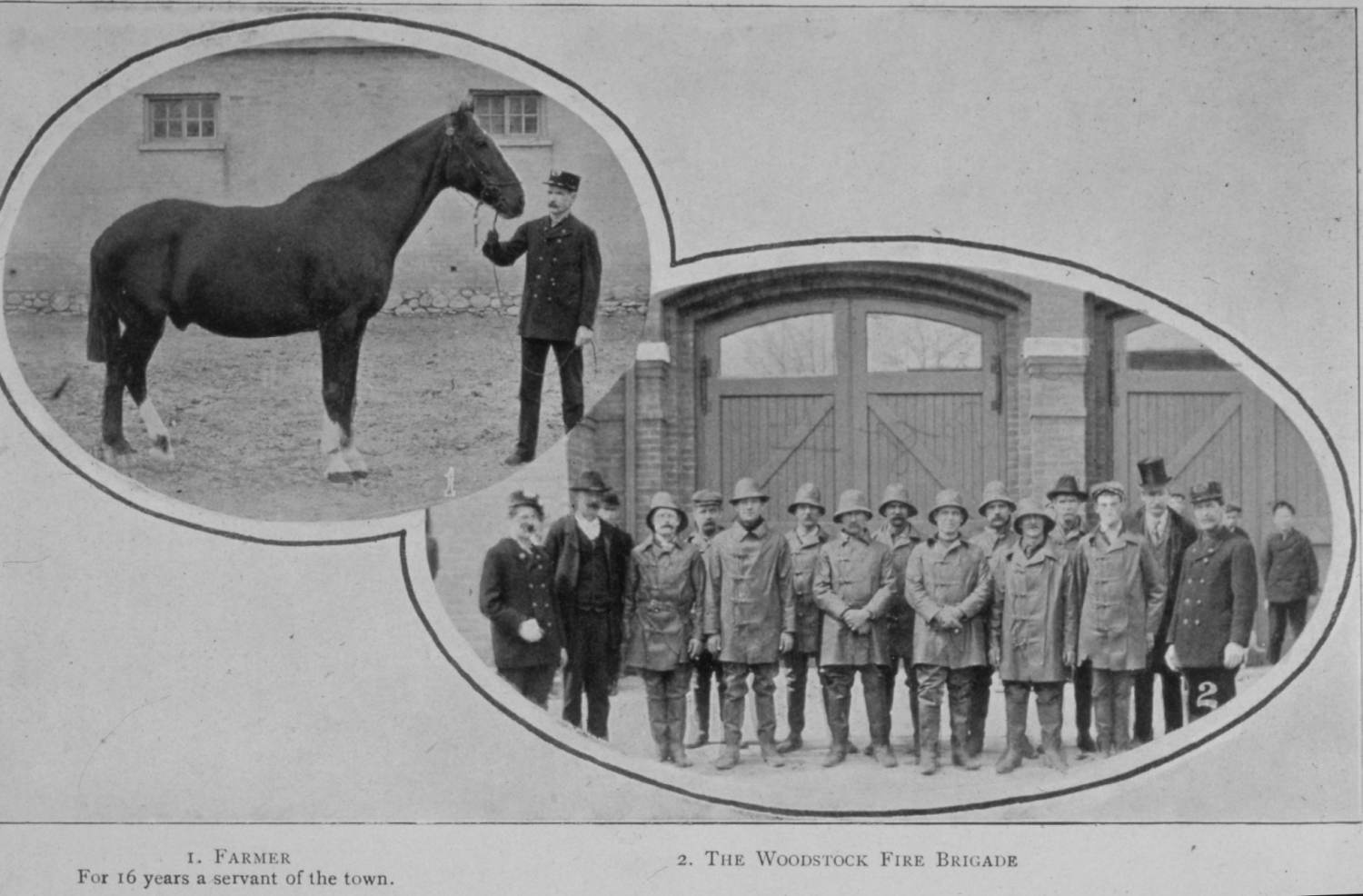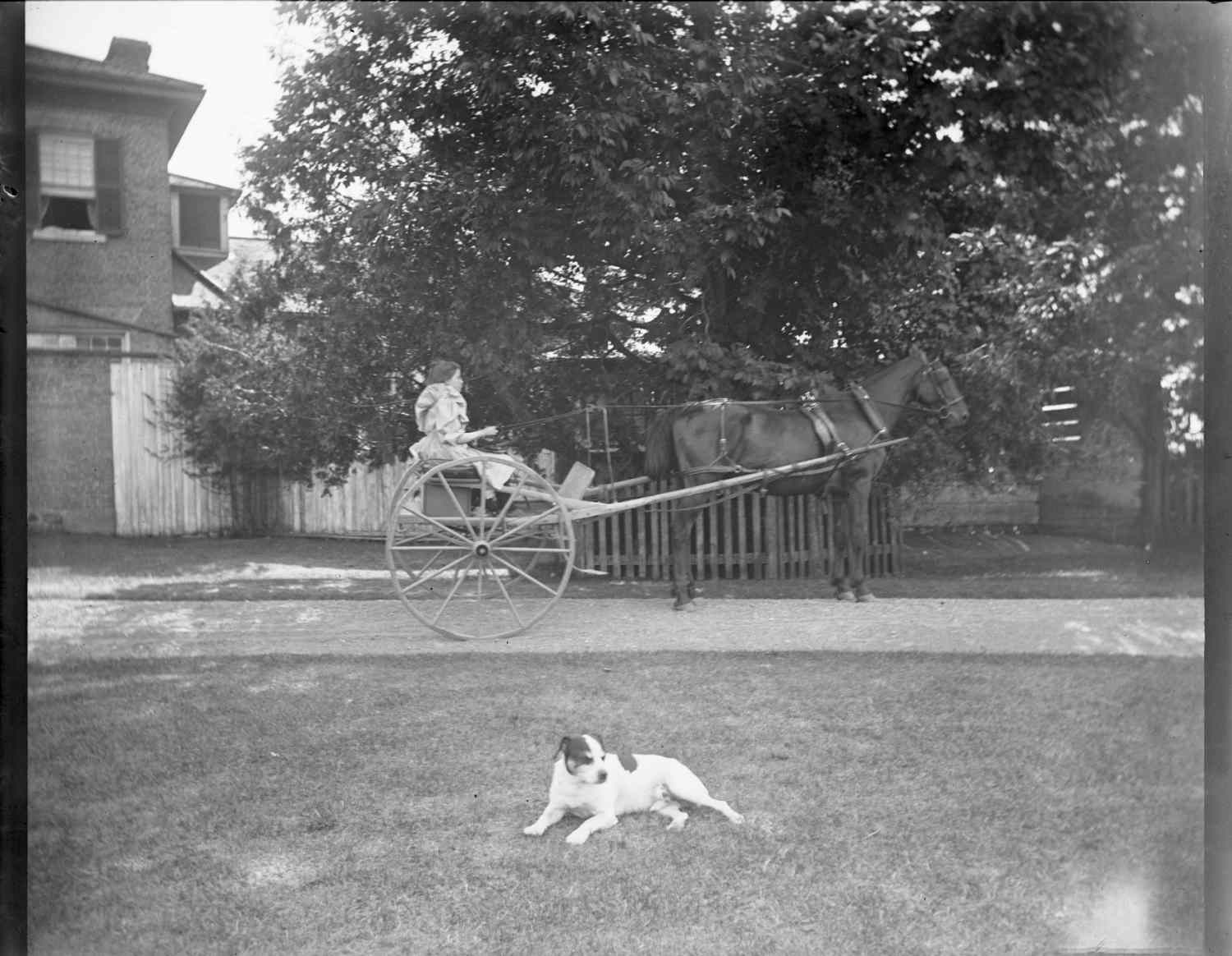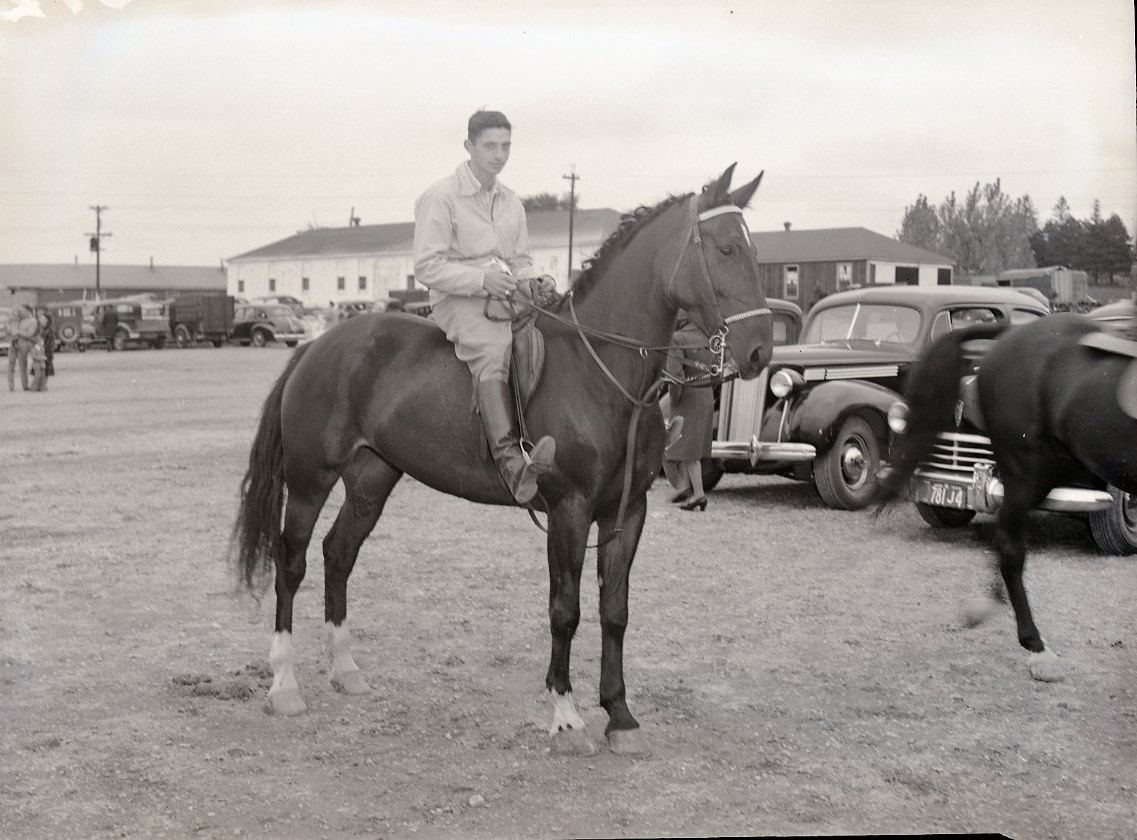Animals & Humans: A Relationship Preserved in Archives – Part One
Animals & Humans: A Relationship Preserved in Archives – Part One
Archives Technician Megan examines the human-animal relationship reflected through archival records. This week, she focuses on how animals provide humans with safety and transportation.
By Megan Lockhart, Archives Technician
As a species, we humans tend to separate ourselves from the rest of the “animals”. Our lives are consumed by matters that seem unique to humans in many cases, we have our complex cultures and societies, and live in built environments that are designed to shield us from the elements and often the rest of the natural environment as well. Our lives often seem to run parallel, and sometimes in conflict with, the other species that call Earth their home.
Yet, despite the great divide that appears to separate us from the rest of the “animal kingdom”, we find ourselves, as a species, finding ways to live harmoniously with animals. Evidence of this can be found in archives all over the world, particularly through photographs. The photographs and written records in our own holdings at the Oxford County Archives provide us insight into how local residents lived alongside and interacted with animals in their daily lives, for better or worse, and the value animals add to humans’ lives.
Let’s take a look through a few photographs and documents from our archival collection and examine what they can tell us about the human-animal relationship.
Service: Safety & Transportation
Animals have been tamed and domesticated to work for and provide service to humans for over ten thousand years. We’re familiar with two of these hardworking animals, in particular, the dog and the horse; you could say we go waaay back. Looking through our archival records, we have many concrete examples of this, and a few interesting and heartwarming stories as well.
One famous Oxford County horse “worked” for the Woodstock fire brigade for many years. The horse was known as “Farmer”. Farmer worked alongside other horses to assist the fire brigade in putting out fires and saving the lives, homes, and livelihoods of local residents. Horses were relied upon to pull some of the firefighting equipment and were an essential part of the team. Farmer served the fire brigade for 17 years, his first run was made to Dufferin House in November of 1886. After his service ended in 1903, Farmer was replaced by two younger horses named “Dawn” and “Dusk”.

Farmer and the Woodstock Fire Brigade
Not only do Oxford County residents use animals to put out fires, but they also used them to help fight crime. Marshall Anderson, or Marsh as he was better known, was a night patrolman hired by local businessmen of Woodstock to safeguard their businesses after dark. Anderson seems to have begun his night patrolman occupation sometime in the 1880s, as he is listed as a policeman in the 1891 census. The regular police force would finish their day shift and Marsh would take over. Despite being hired for security by merchants, his role covered all areas of police work. He held this role for 43 years and gained the respect of the entire community. He patrolled Dundas Street from Vansittart Avenue to Wellington Street. Famously at his side was his Great Dane named Seeker who worked alongside him each night for 10 years. He sent Seeker in first to back alleys and dark buildings to sniff out trouble. If Seeker growled Marsh would shine his light in his direction and make the arrest. The crime-fighting pair were celebrated members of the local police force.

Woodstock Night Patrolman Marsh Anderson in uniform.
Animals were a means of transportation for humans long before the invention of the automobile, train, bicycle, or airplane. Horses in particular have been taking humans to where they need to go for thousands of years. Take a look at some of our photographs below featuring horses being used for transportation.
Check out next week’s blog article for “part two” of this three-part series: “Animals & Humans: A Relationship Preserved in Archives”.

A girl in a horse-drawn cart on the former Patteson property in Eastwood, Ontario. The family dog is laying in the foreground of the photo. August 1893.

An unidentified man riding a horse, from the Woodstock Sentinel-Review Negatives Collection. Taken circa the late 1940s.

A horse and sleigh in front of P.T. Walker Furniture, Metropolitan Stores, etc. on Thames Street in Ingersoll, circa the late 1940s to 1950.

An unidentified man and three boys sitting in a horse-drawn buggy, from the Woodstock Sentinel-Review Negatives Collections. Taken circa the 1940s.
